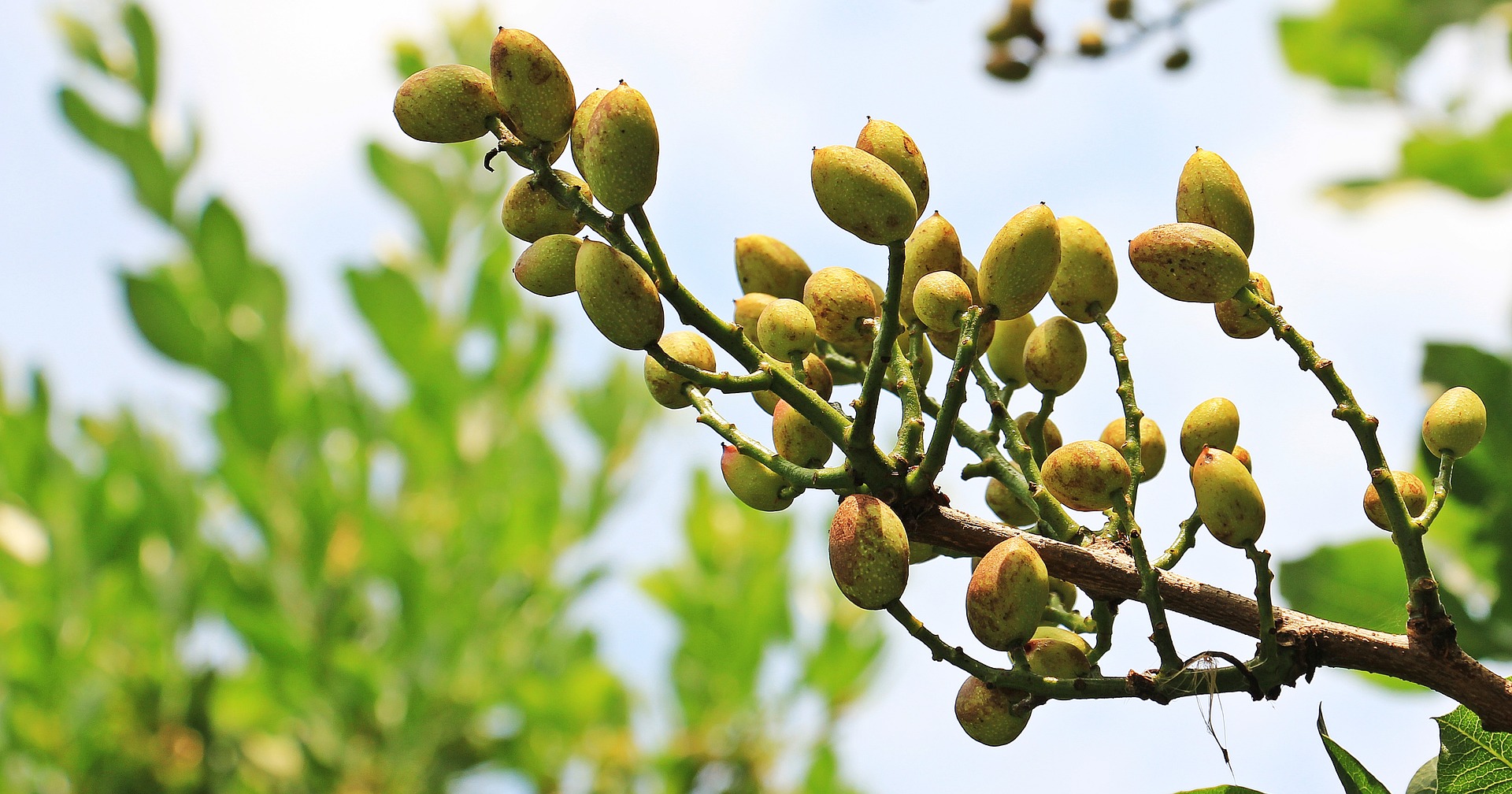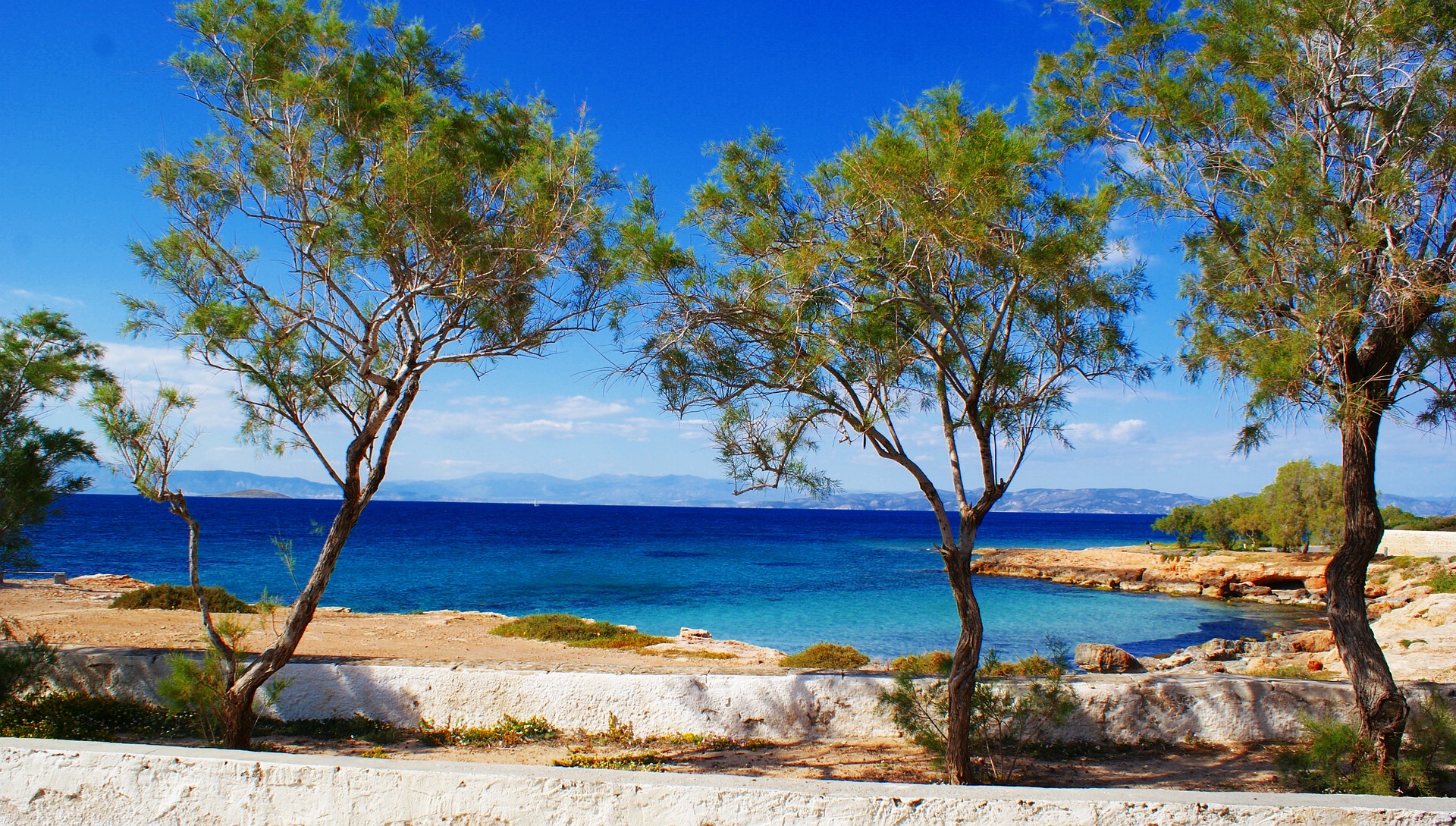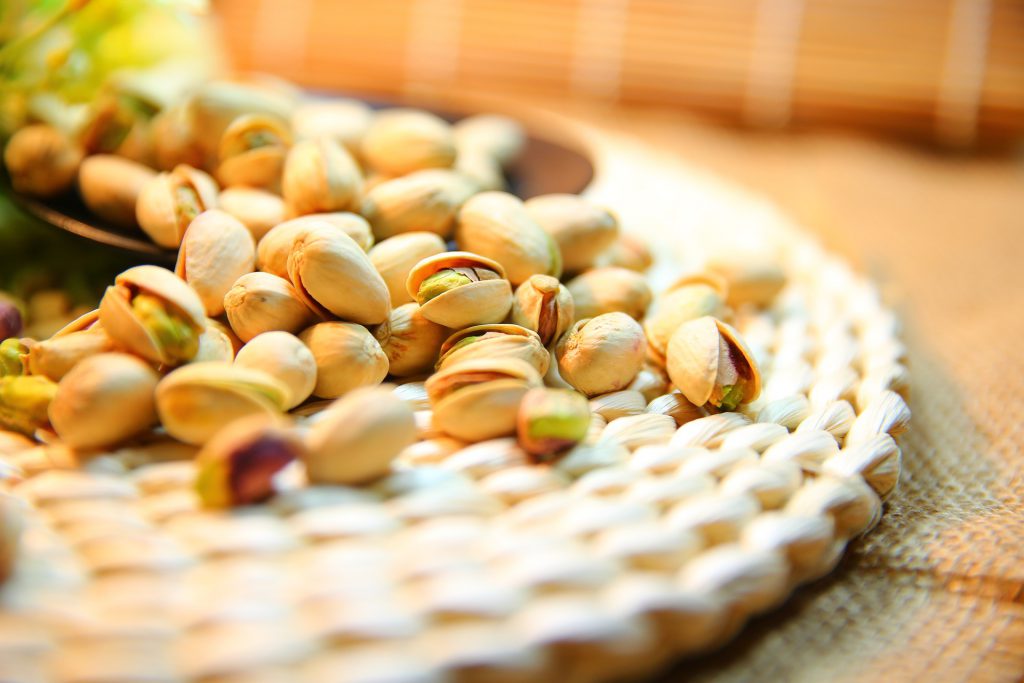Products
Once upon a time there was a pistachio nut
It is thought that 9000 years ago, in the Middle East, pistachio nuts were already consumed and appreciated. They were probably wild fruits. The pistachio tree was then cultivated 4000 years ago in Assyria, in northern Mesopotamia. Then pistachio would have arrived among the Romans, who would have contributed to its development in Europe from the 1st century. There are reportedly 11 pistachio species, the most exploited being Pistacia vera, which is believed to originate from Central Asia, particularly desert parts of this region. Today, if several countries grow pistachio nuts, it is still produced in Iran in large quantities, but also in California. The tree needs a long hot summer to ripen its fruits and an annual period of cold to induce flowering: conditions specific to deserts. In the old days, they were used as a colouring agent but also as a medicine for benign diseases such as tooth rabies or liver sclerosis.
Pistachio, the economic gem of Greece
This pistachio has a reputation for excellence. It has had a protected appellation of origin since 1994. The first cultures on the island of Aegina date back to the end of the 19th century. Some Eginiotes dared to abandon their traditional crops to plant trees. In the 1950s and 1960s, farmers tore off their vines decimated by phylloxera. They replaced a large part of it with pistachio trees. In 1975, a special branch of the agricultural cooperative was created for pistachio trees.


Pistachio harvest
The trees are dioecious. The male and female flowers are on different feet. In the trees, the yellow and pink bunches mature at the end of August. The fruit is harvested in late summer or early autumn, as the shells that cover the shell open and detach from the pistachio nuts, which then turn a reddish colour. The pistachios are sorted mechanically afterwards .
The benefits of pistachio nuts
Like many shell fruits (pistachio, almond…) and oleaginous fruits (pecan, walnut…), pistachio nuts contain proteins (26%) and unsaturated fatty acids, mainly monounsaturated ones, which play on the reduction of “bad” cholesterol. They also have protective effects against cardiovascular disease, diabetes, hypertension and cognitive decline. It also contains vitamins and minerals, fibres, phytosterols and antioxidants (anthocyanins, vitamin E, lutein, zeaxanthin and resveratrol, known for their multiple positive properties for anti-free radical, anti-cancer, anti-inflammatory health). pistachio nuts also contain a lot of copper, necessary for the formation of hemoglobin and collagen in the body, as well as for the body’s defense against free radicals. It also provides a good amount of vitamin B6 and iron. Pistachio therefore contributes to the proper functioning of the immune system. It is also a source of vitamin B1, necessary for the production of energy and phosphorus, essential for bones and teeth. pistachio nuts contain manganese, which facilitates a dozen different metabolic processes, and vitamin K, necessary for the production of proteins that contribute to blood coagulation. but that’s not all! It also contains magnesium, potassium and zinc.
A pistachio that comes straight from a sunny island
For our macaroons, we chose pistachios from Aegina, the pistachio island. On the Greek island, pistachio production is not a mass production. Aegina is content to make quality pistachios, which makes them healthy, without fertilizers such as GMOs. Pistachio has a registered designation of origin (PDO) and is therefore in great demand all over the world.


And when we say “pistachio” we think of Aegina, the island south of Athens, where the substance of the soil and the climate give it a unique taste and aroma. Aegina pistachio has a reddish colour and an exquisite taste, far superior to any pistachio you have ever eaten before.

